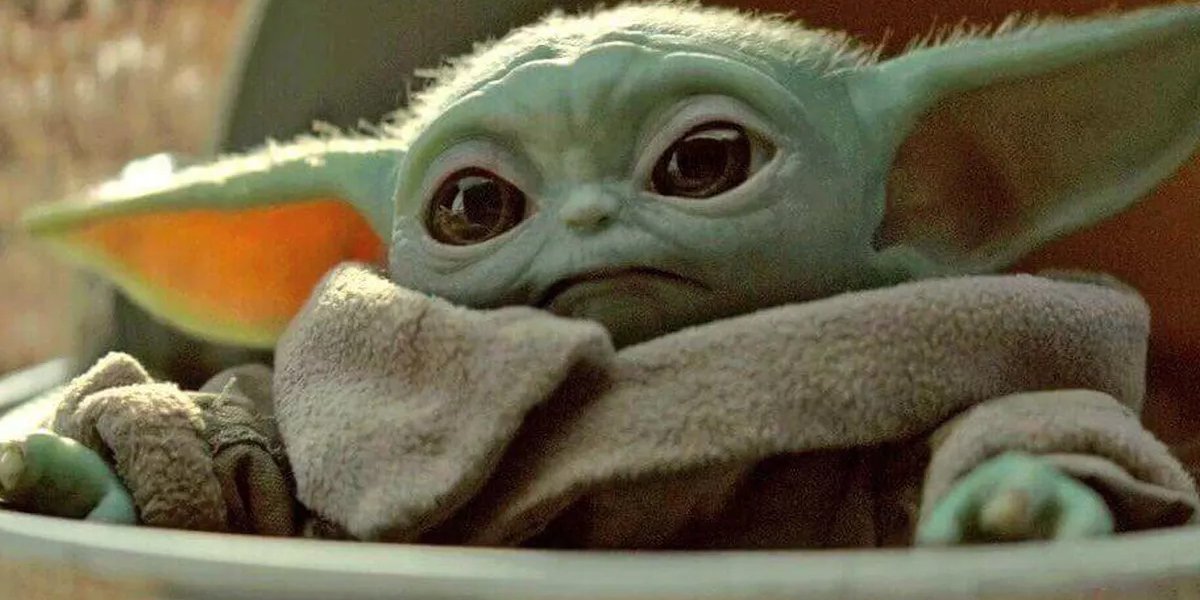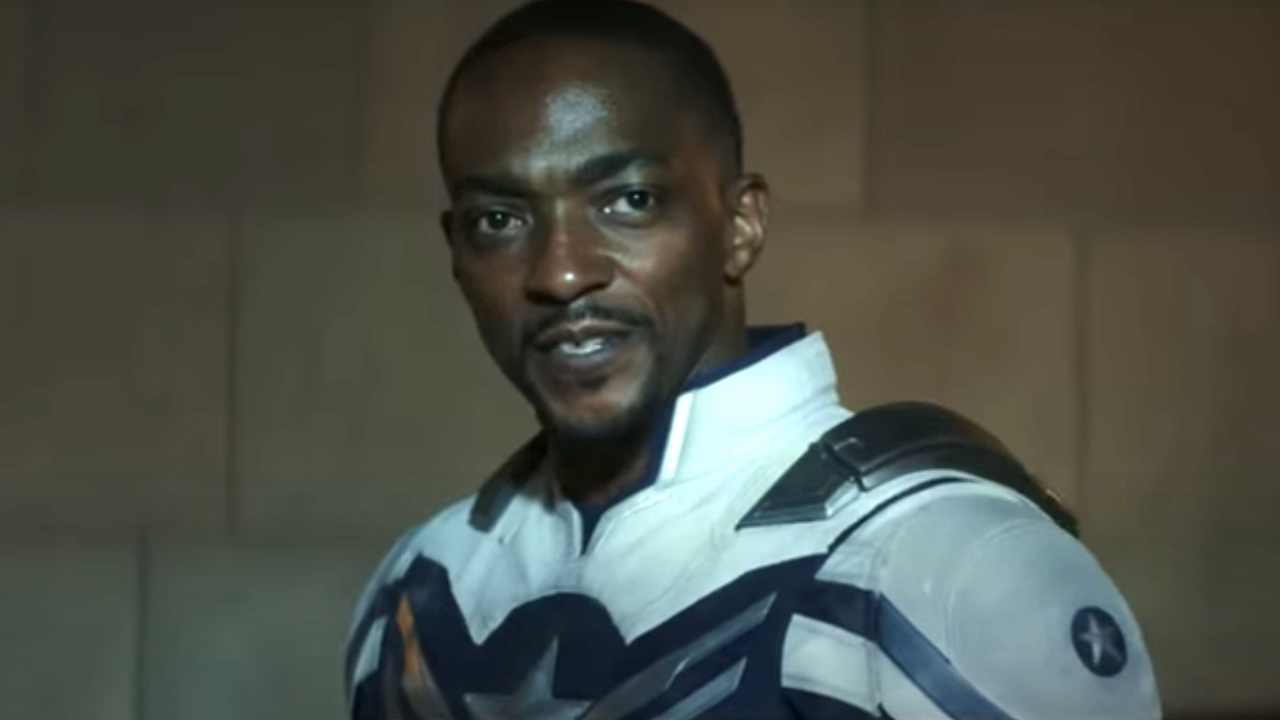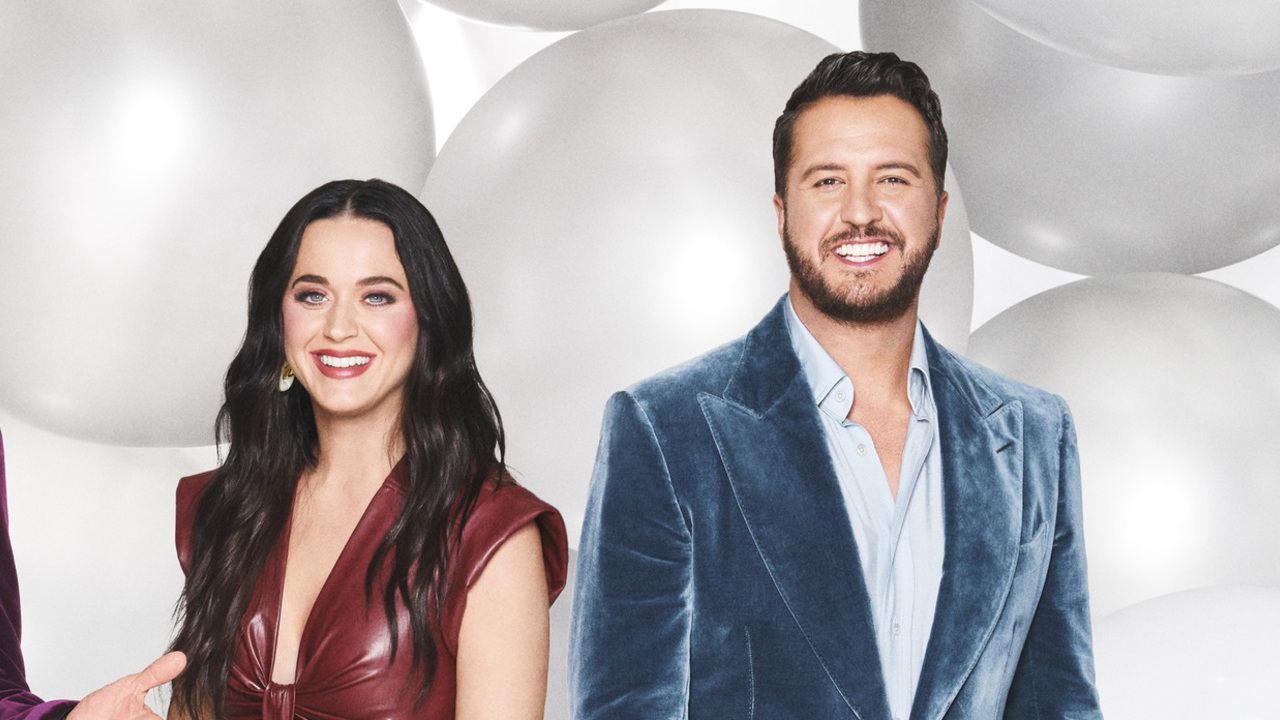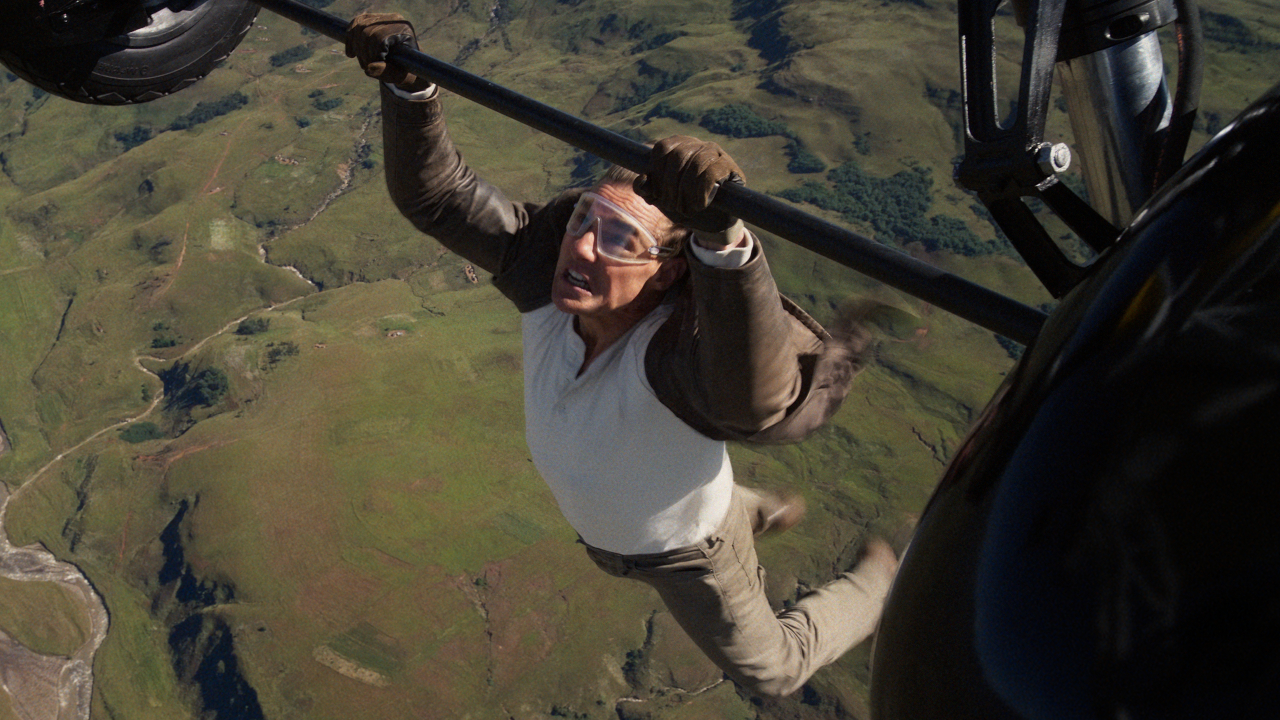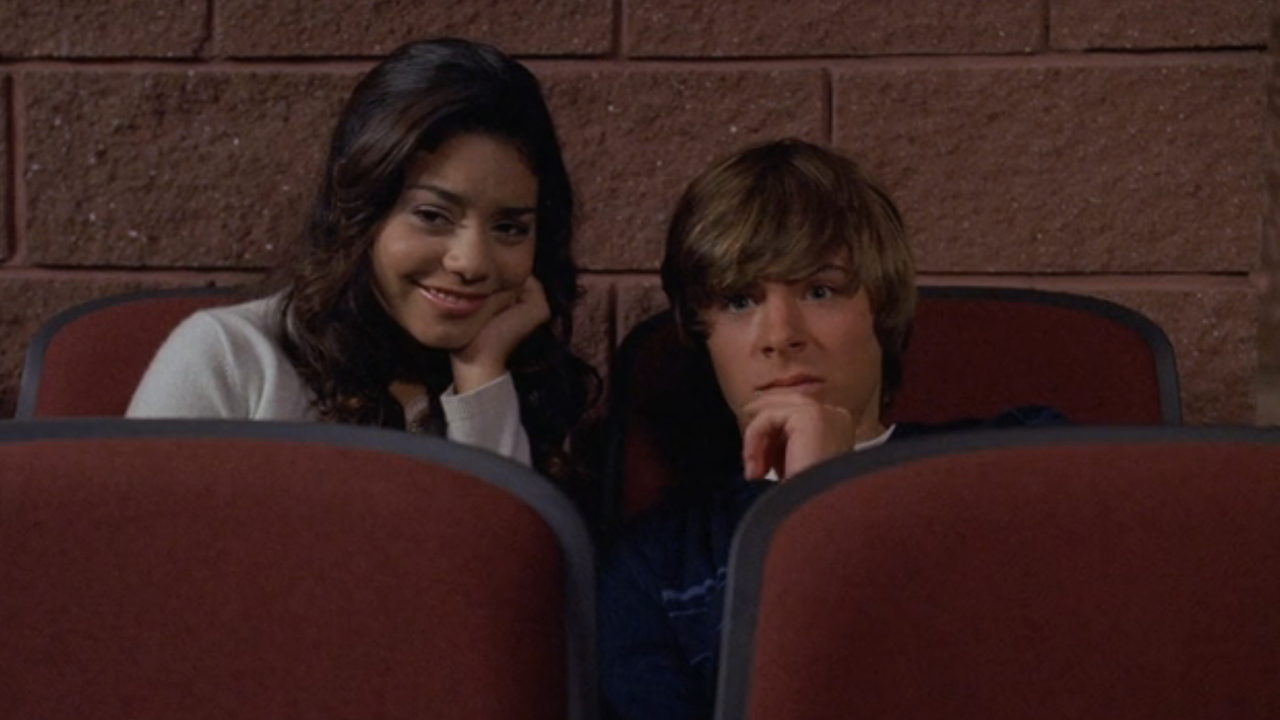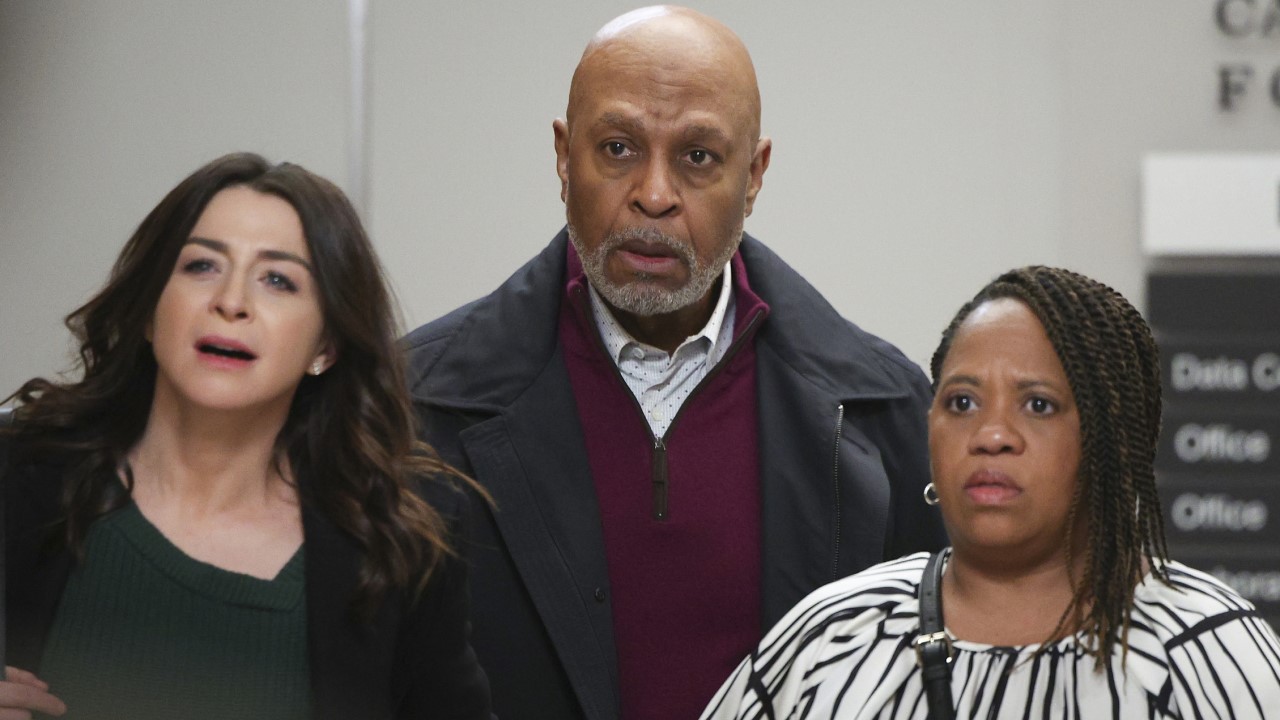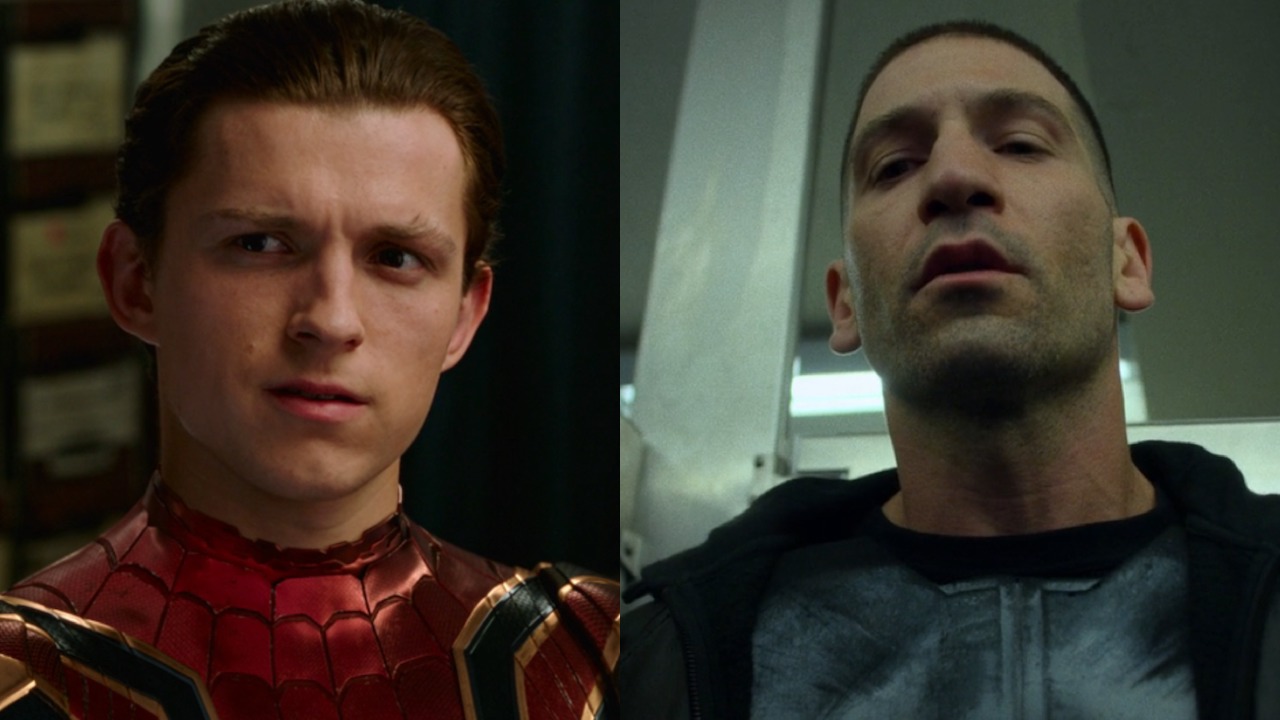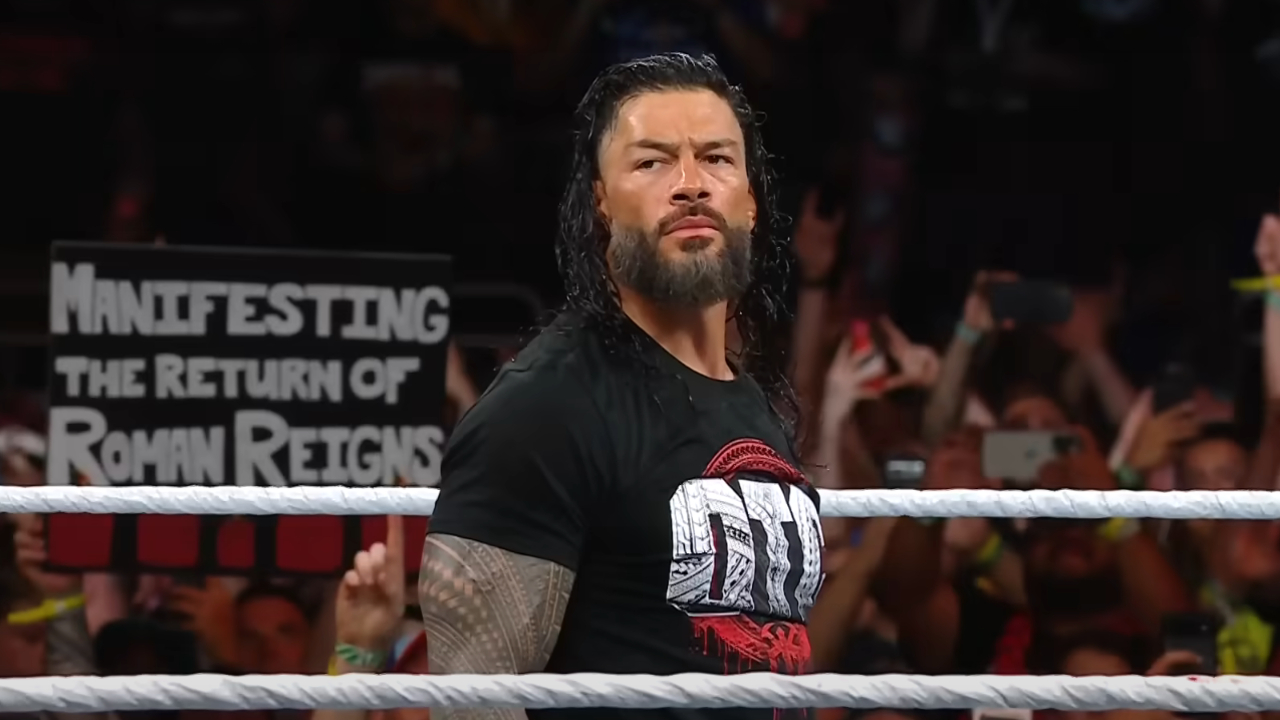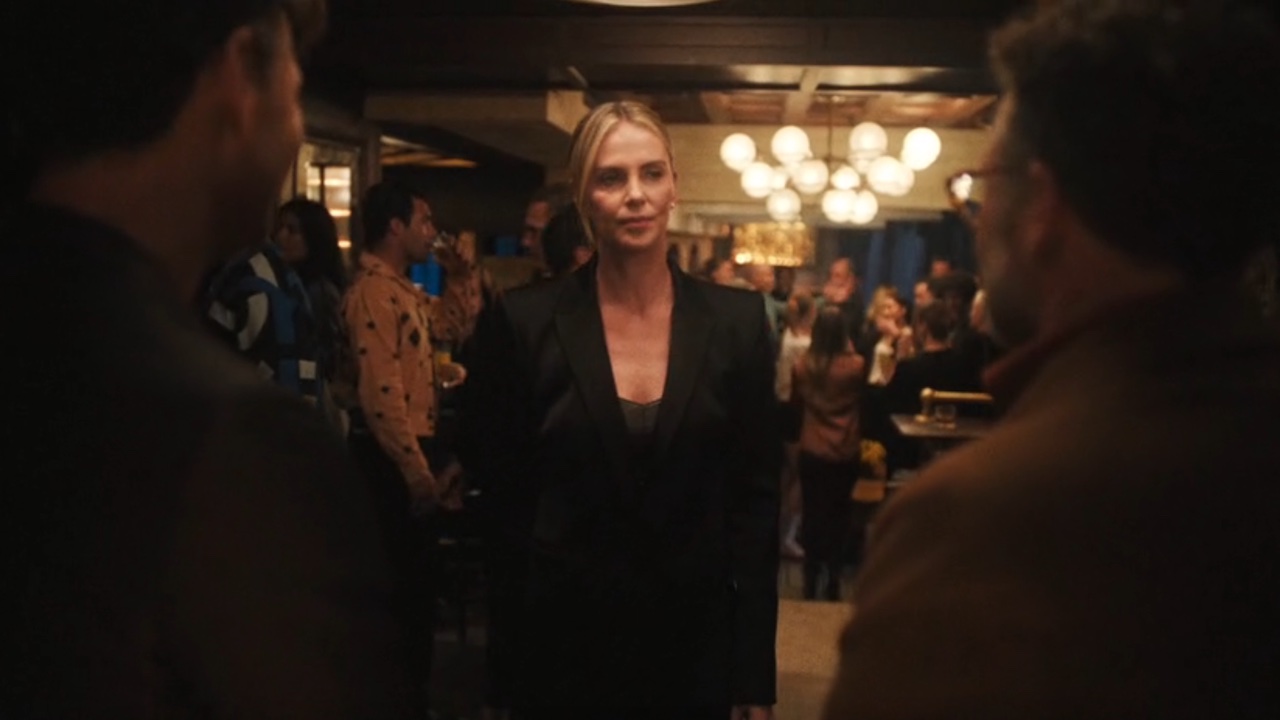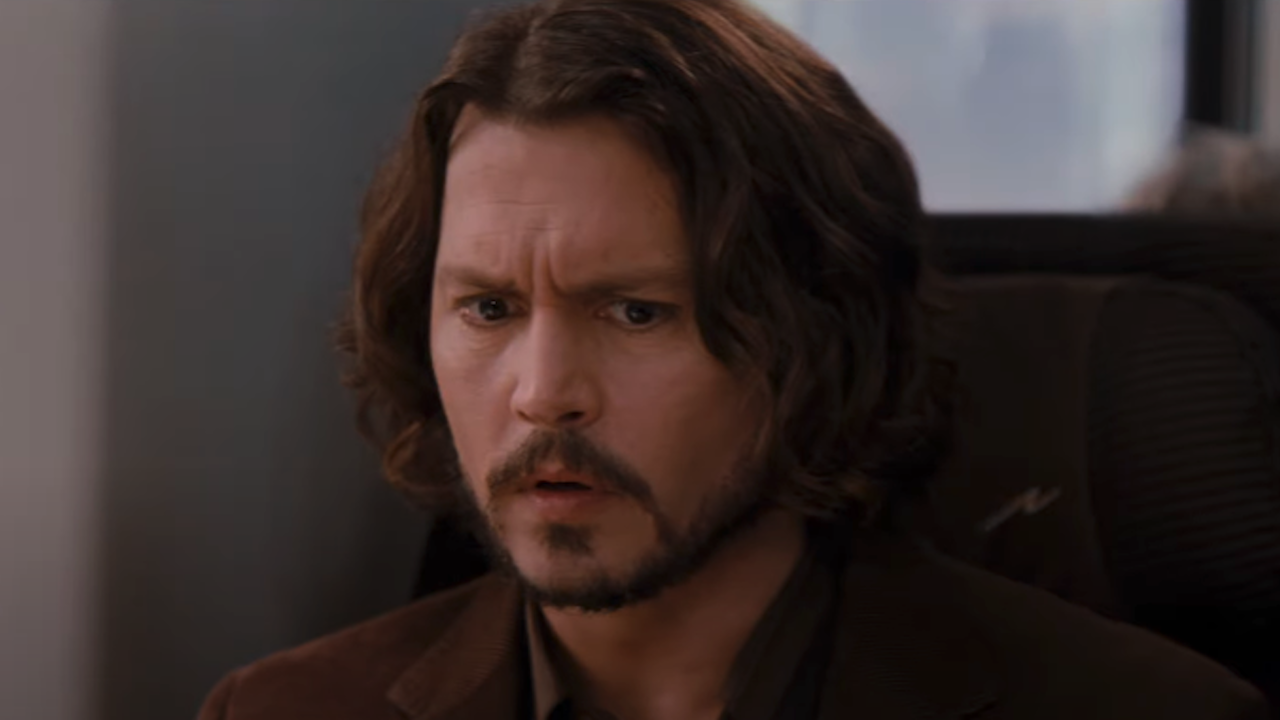Why Baby Yoda Couldn’t Be 'Too Cute' And Other Behind The Scenes Facts About The Mandalorian Character

The Mandalorian Season 2 is almost here, and while there are many reasons why fans are anticipating its arrival, it’s probably fair to say that the return of The Child a.k.a. Baby Yoda is number one on the list. Audiences instantly fell in love with the little bugger when he was revealed at the end of the show’s first episode, and there is overflowing excitement to see what future adventures with him will bring. As magical as the character is on the screen, however, there is just as much magic going on behind-the-scenes of the series, and it’s that arena we are here to discuss today.
Brought to life with a mixture of practical and digital effects, Baby Yoda is a wonder, and really only becomes more fascinating when you learn about the journey that was taken to bring him to life. That in mind, here are 10 making-of stories about the diminutive green alien, spanning everything from the design process, to production, to marketing.

The Art Department Went Through Many Designs For Baby Yoda, And Rejected Some Deemed Too Cute
Being such an integral part of The Mandalorian, Baby Yoda earned quite a lot of attention from the filmmakers as the show was coming together, and obviously the first step was determining the right look. That wasn’t an easy process, however. Creator Jon Favreau, producer Dave Filoni, and the art department went through many different designs for the character, exploring all kinds of approaches – and while there is no questioning the fact that The Child is ridiculously cute, there was a line drawn in regards to it being too cute. As Favreau explained to The Hollywood Reporter,
It looked cute, but it also looked a little weird. That's part of Yoda. It can't just be cute. It can't just be a straight-up Disney baby, it has to be a little bit tweaked.
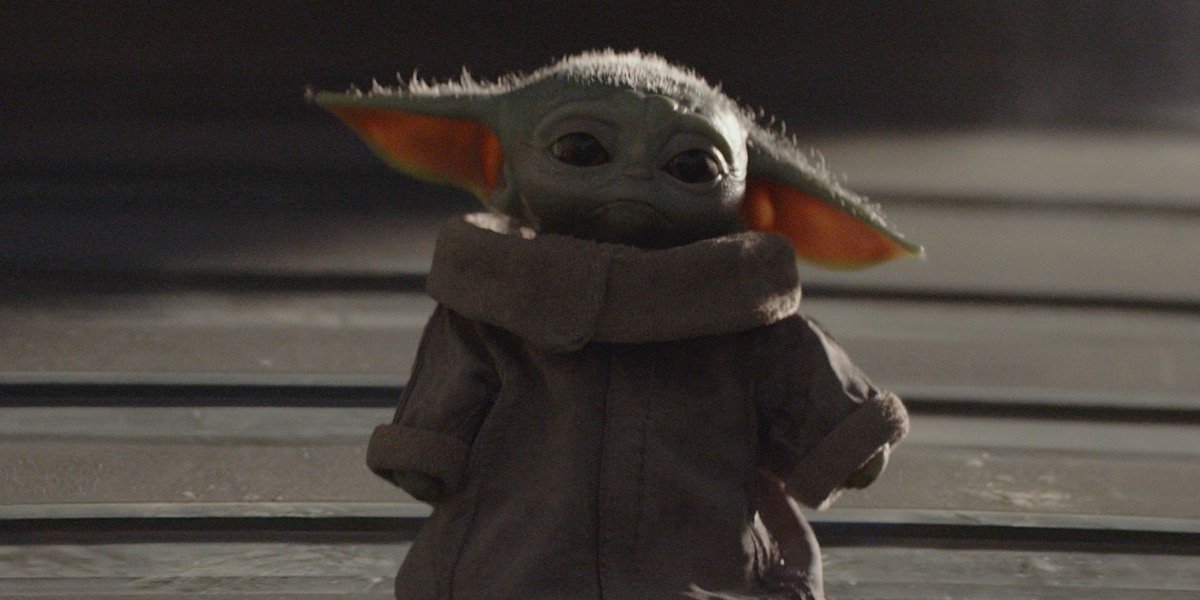
Jon Favreau Was Partially Inspired For The Design By A VR Project He Developed
The true magic of Baby Yoda rests in the fact that it looks so remarkably lifelike despite only being a combination of practical and visual effects. A major factor in this is its specifically expressions – which interestingly enough was inspired by a VR project that was being developed by Jon Favreau prior to the making of The Mandalorian called Gnomes And Goblins. In the making of the program, Favreau was particularly struck by how expressive characters could be solely through their eyes and the movement of their ears. This is absolutely reflected in the finished work, as Baby Yoda definitely telegraphs the majority of its emotions with the top half of its face.
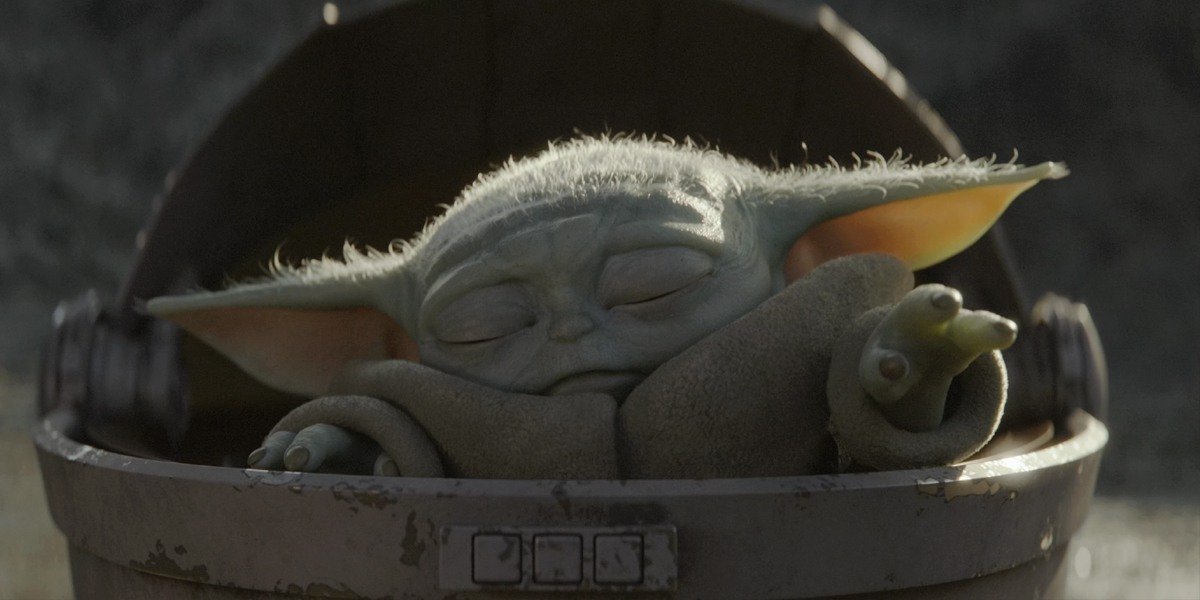
Werner Herzog Started Directing Baby Yoda At One Point, Seemingly Forgetting That He Wasn’t Talking With An Actor
Watching the Disney Gallery series about The Mandalorian on Disney+, one thing that is overwhelmingly apparent is that everyone who had the opportunity to work with Baby Yoda loved the experience – but one star who particularly got into it was legendary director Werner Herzog, who plays the villainous unnamed “Client.” Per director Deborah Chow, who worked with Herzog on “Chapter Three: The Sin,” the Aguirre, The Wrath Of God filmmaker was so enraptured working with The Child that he at one point essentially stopped recognizing the existence of the puppeteers and treated the animatronic puppet like another actor on set.
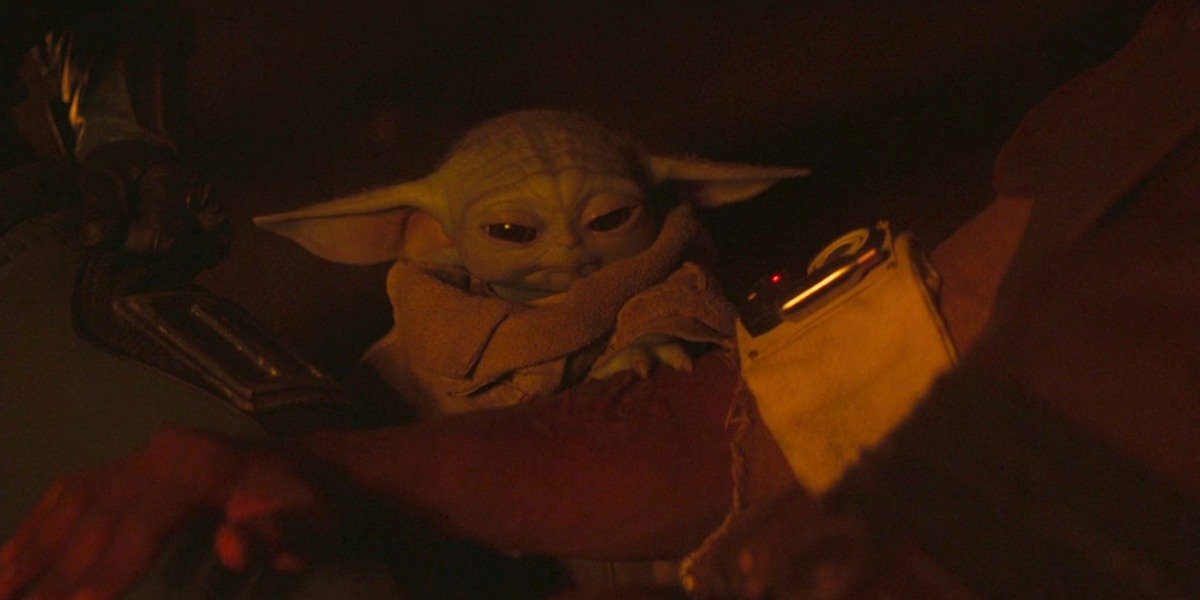
Werner Herzog Also Called The Filmmakers 'Cowards' For Filming Plate Shots
When it comes to shooting for visual effects in modern filmmaking, it’s typical for a production to first do takes with a practical model, and then follow those with plate shots where the practical model is removed, providing the post-production teams with all the material they need. This procedure was regularly used in the making of The Mandalorian and scenes with Baby Yoda – but apparently it was something that Werner Herzog didn’t appreciate all that much. On Disney+’s Disney Gallery series, Deborah Chow laughs while saying that Herzog actually called the filmmakers “cowards” for using plate shots, as he saw them using VFX as a safety net for the limitations of the animatronic.
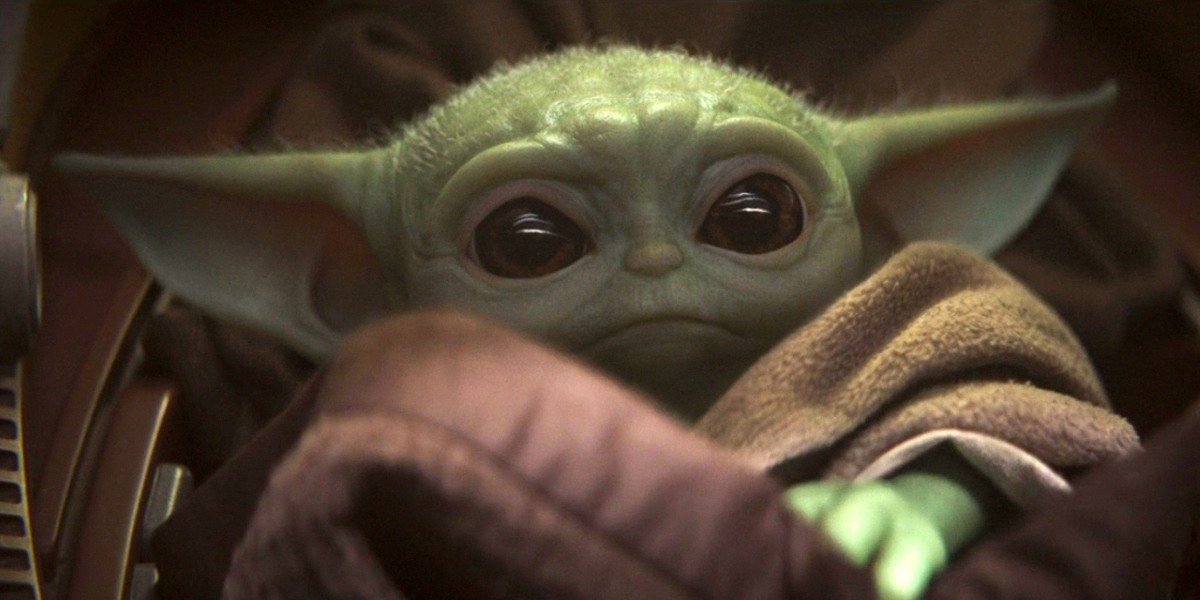
CGI Was Limited To What The Baby Yoda Puppet Could Physically Do
Looking at the incredible Baby Yoda animatronic that was used on set, it’s not entirely hard to understand Werner Herzog’s position regarding the use of visual effects – but to also defend the filmmakers, they too demonstrated great fealty to the specific magic of special effects. Perfectly illustrating that fact is a particular philosophy that was applied when it came to using CGI for The Child. Namely, post-production work wouldn’t be done that allowed the character to move in a way that the practical version couldn’t.
CINEMABLEND NEWSLETTER
Your Daily Blend of Entertainment News
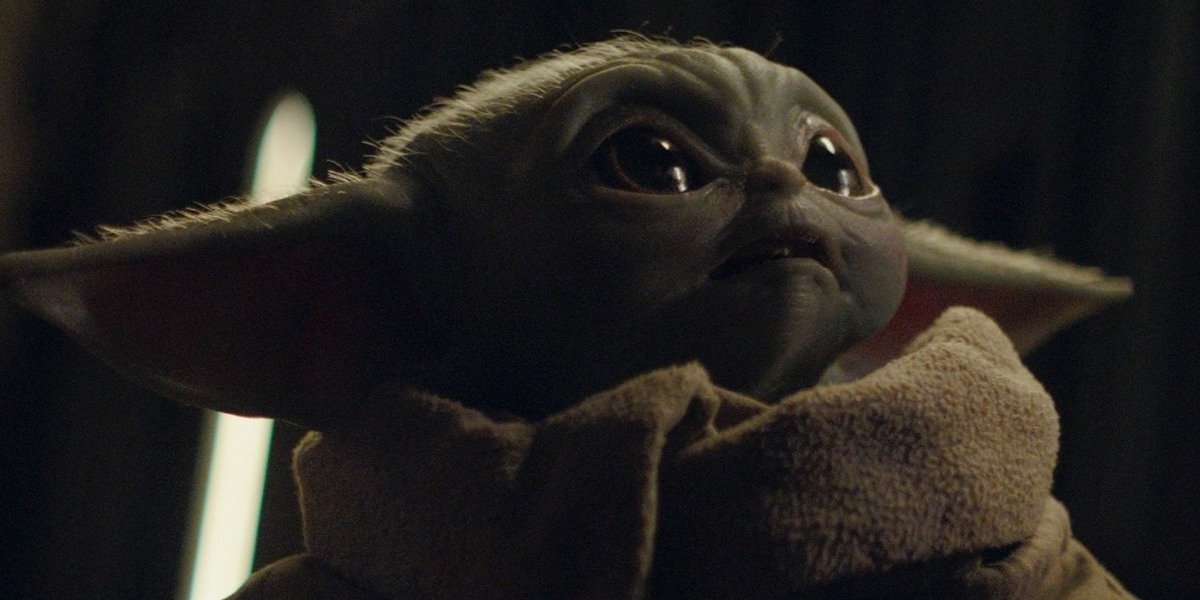
Adam Pally Got The Yips When Punching Baby Yoda After Learning The Animatronic’s Cost
Adam Pally and Jason Sudeikis became enemies of the internet last year when the Season 1 finale of The Mandalorian aired, as they are featured in a scene together as Stormtroopers where they each take an opportunity to punch Baby Yoda while the little alien is being held captive in a pouch. It’s a weird thing to think about considering all of that outrage came out of an actor gently hitting an inanimate object, but if it makes anyone feel any better, Adam Pally did have a hard time shooting the sequence… though it wasn’t because he was overwhelmed by The Child’s cuteness. The actor told Entertainment Weekly,
I remember the first take that I did when I punched him. They called ‘Cut!’ and Jon, who was watching on a monitor in his office, he came down from this office and said, ‘I just want to let you know that this is the hero Yoda and it costs, like, $5 million. So while I want you to hit it, I just want you to know that.’ Because I think I took a big swing at it. And the next three takes I missed, because I was so nervous.
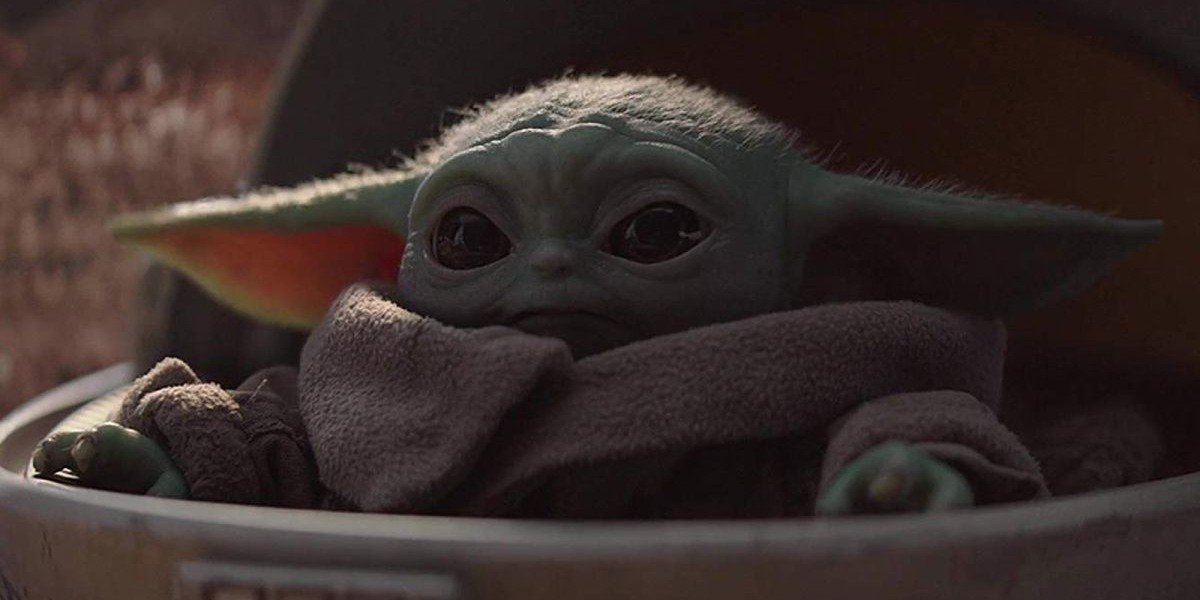
The Child Has A Real Name, But It’s A Guarded Secret
To speak a bit personally, Baby Yoda can be a tad frustrating to write about simply because it’s a character without a real name. The Child is a bit bland, and Baby Yoda is cute but technically inaccurate, as it’s simply a member of the same race as the great Jedi Master and not necessarily related. Adding insult to injury? Apparently the adorable creature does have a canonical name, but for now it’s evidently only being used internally. Former Disney CEO Bob Iger did an interview with The Star Wars Show shortly after the completion of Season 1 and told the host,
People really wanted to know, what's its name? I know its real name, and it is one of the reasons I've got all this extra security now. I don't want to be given some kind of truth serum by someone.
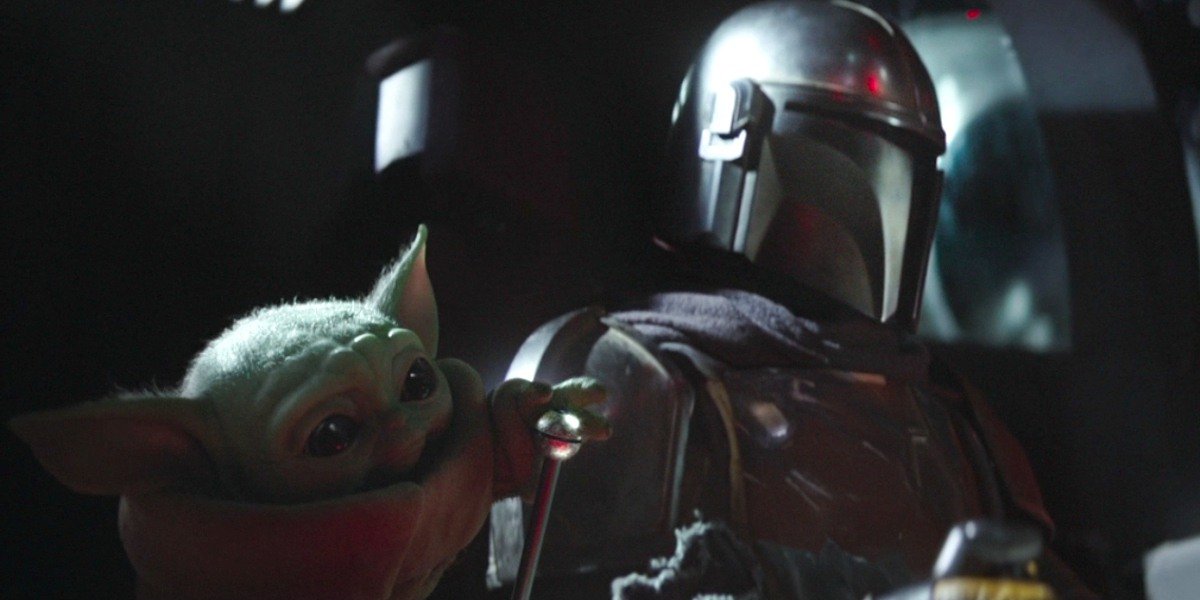
The Voice Of Baby Yoda Is A Mix Of Animal And Human
Should you ever choose to dive into it, one of the most fascinating realms of the Star Wars franchise is the history of the sound design for various projects. The artists working in that department have done iconic work with everything from hyperdrives failing to lightsabers activating, and now Baby Yoda is a part of that legacy as well. As sound designer David Acord explained to THR, creating the voice of the tiny alien proved a unique challenge:
I was recording animals at this wildlife rescue outside of San Diego. Two of the animals I recorded had this really cute, almost childlike quality to them. One was a bat-eared fox and one is a kinkajou. Then Jon Favreau thought that they needed to be more human-sounding or something a little more relatable. We dialed way back on the animal part, and now that's just there for little grunts and coos and purring. We used some real baby vocals for when [The Child] gets really fussy and that kind of thing. Then I have some of my own vocal in there, too, for more of the articulated vocalizations, pitched way up. So it's a combination of things.
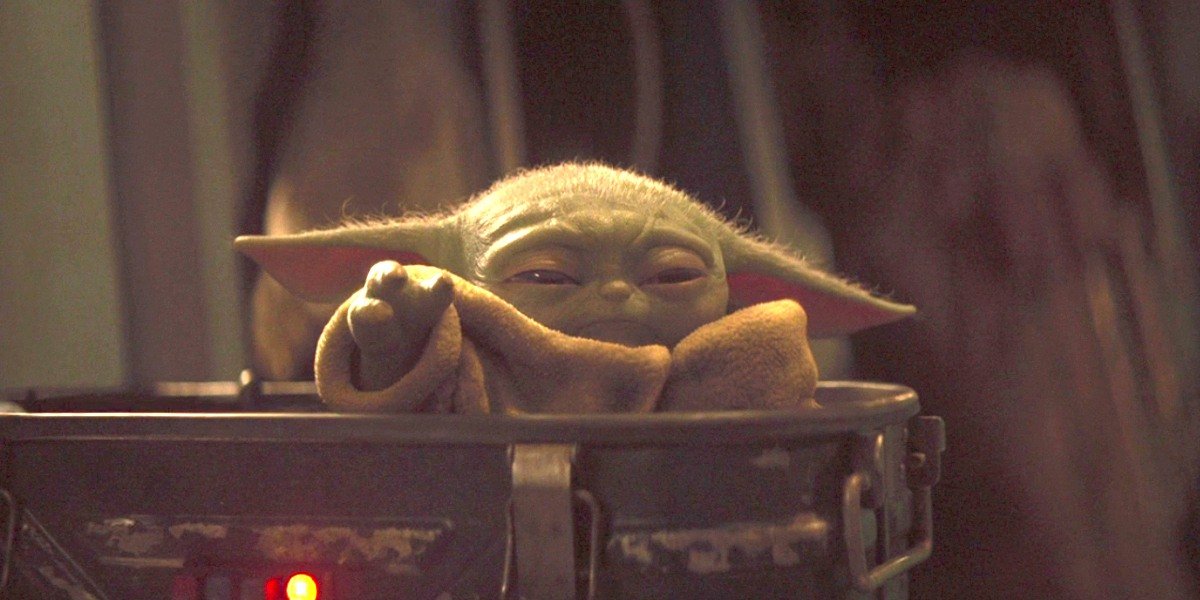
George Lucas Visited The Set Of The Mandalorian And Held The Child
George Lucas’ time on the creative side of the Star Wars franchise has come to an end, as he has opened the door for a new generation of filmmakers to expand the universe that he initially created, but he most certainly hasn’t totally disconnected from the stories set a long time ago in a galaxy far, far away. The guy still has the ability to walk on to the set of any project any time he wants, and The Mandalorian proved to be one such opportunity – as evidenced by this amazing on-set photo that Jon Favreau posted online, breaking the internet in the process:
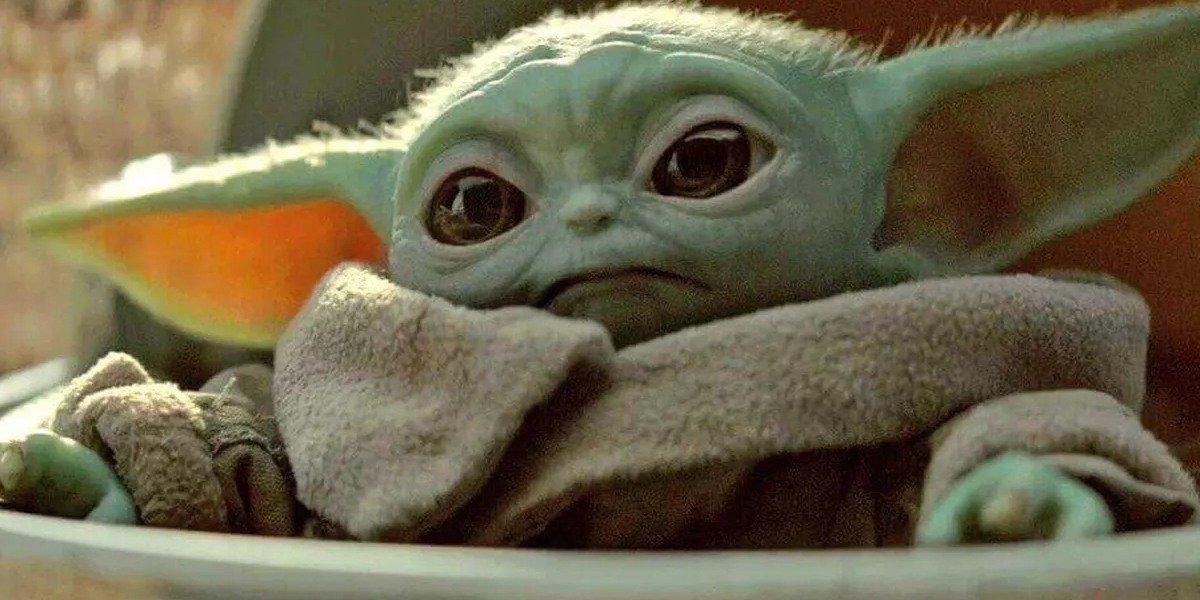
Donald Glover Helped Inspire Jon Favreau To Keep The Child A Secret
Donald Glover has some pretty great history with Star Wars, as he was a scene-stealer playing young Lando Calrissian in Solo: A Star Wars Story, but what you might not know is that his ties to the franchise go deeper than just what fans got to see on screen. As it turns out, he was a key influential figure when it came to the decision to keep Baby Yoda a secret and not appear in any of the marketing materials. Glover and Jon Favreau had the opportunity to collaborate when they made the CGI The Lion King remake in 2018, and according to an interview the filmmaker did with THR, an innocent conversation between them wound up having an impact on The Mandalorian:
We were talking about music and pop culture and he was saying that what people really like now is to be surprised, because it doesn't happen that much. When Beyoncé did an album, she would just put it online and everybody would react to it. Just putting it out there spurred a conversation that would become more viral and bring more genuine attention than any marketing.
The Mandalorian Season 2 will be arriving on Disney+ on October 30 – and with its arrival we will surely hear plenty more exciting stories from behind-the-scenes. To read them all, be sure to keep tuned in here on CinemaBlend in the coming days, weeks, and months.

Eric Eisenberg is the Assistant Managing Editor at CinemaBlend. After graduating Boston University and earning a bachelor’s degree in journalism, he took a part-time job as a staff writer for CinemaBlend, and after six months was offered the opportunity to move to Los Angeles and take on a newly created West Coast Editor position. Over a decade later, he's continuing to advance his interests and expertise. In addition to conducting filmmaker interviews and contributing to the news and feature content of the site, Eric also oversees the Movie Reviews section, writes the the weekend box office report (published Sundays), and is the site's resident Stephen King expert. He has two King-related columns.
